
Wir reisen, also sind wir
vakantio.de/wirreisenalsosindwir
Guatemala: Guatemala City
Paskelbta: 02.03.2018
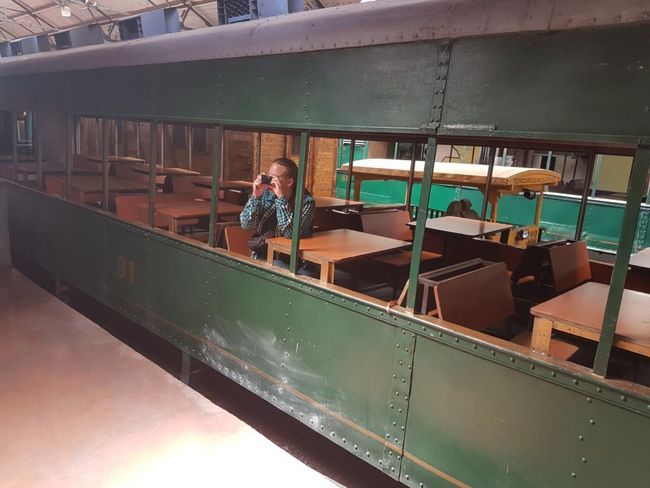
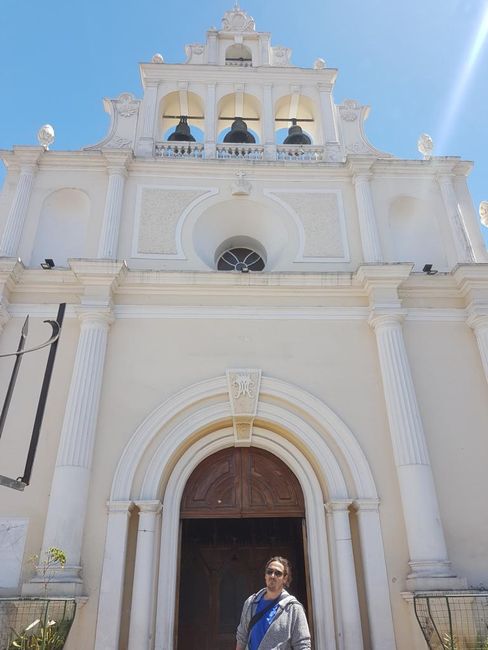
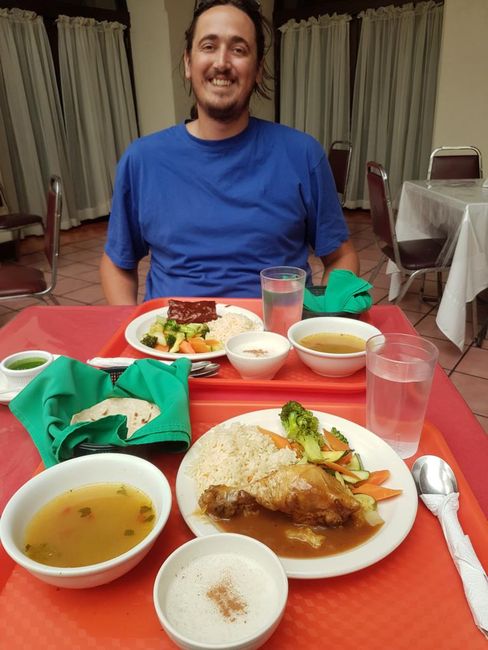
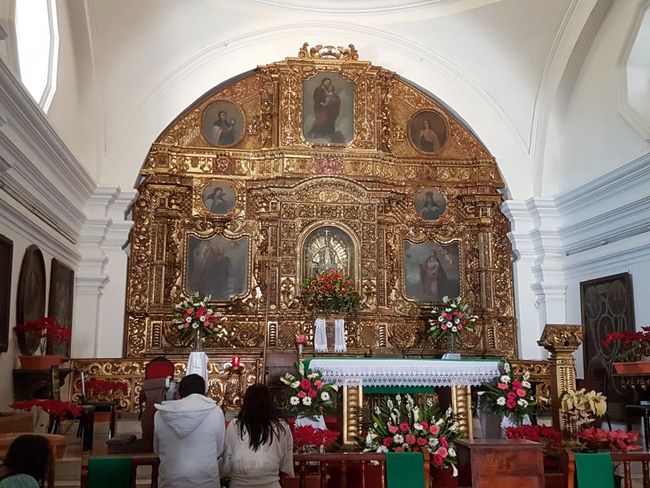
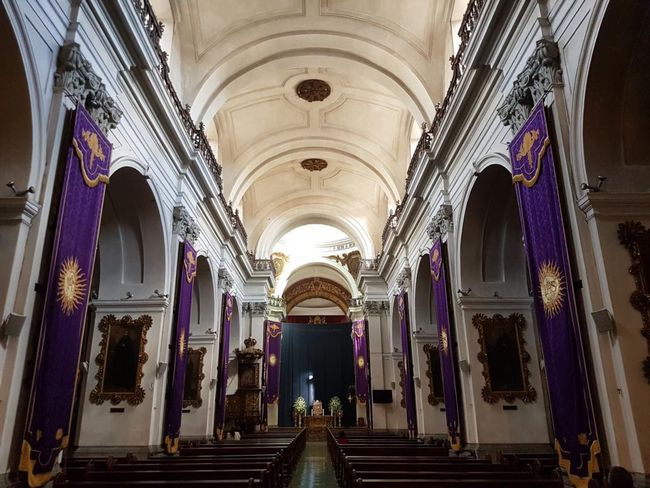
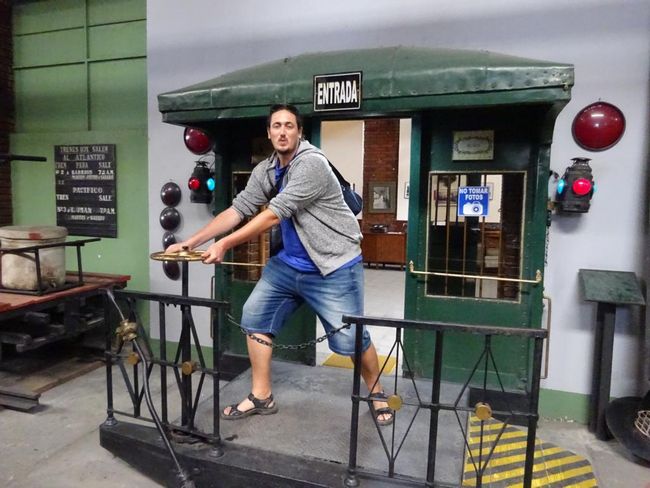
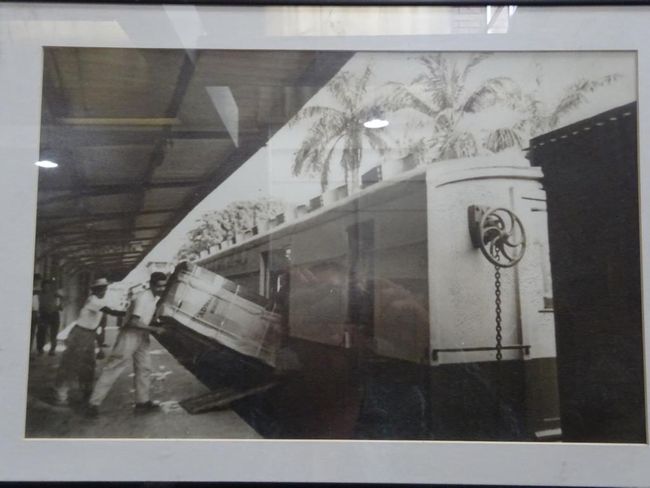
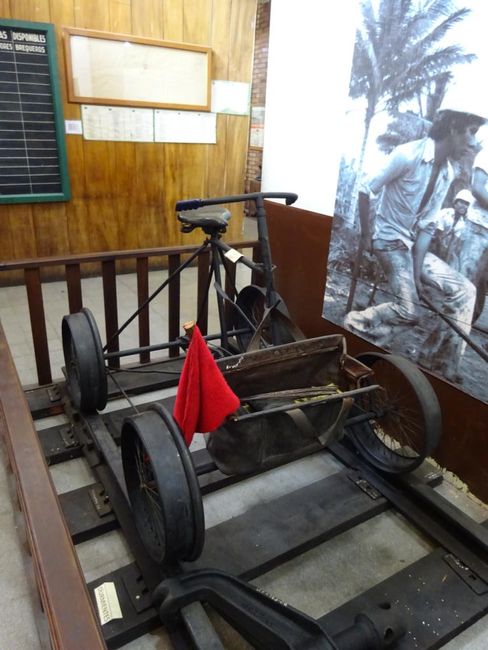
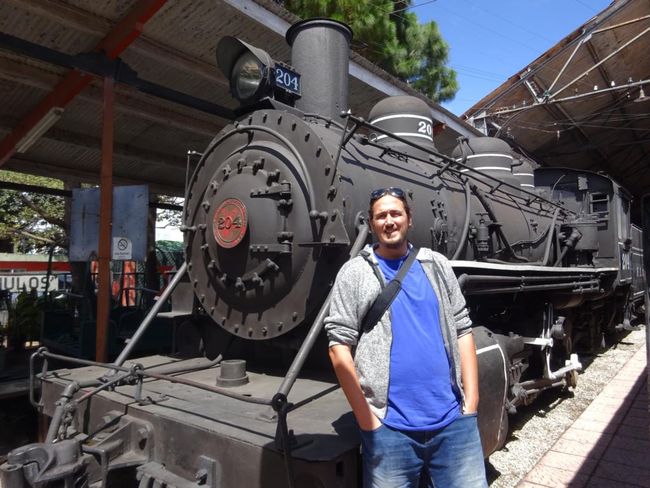
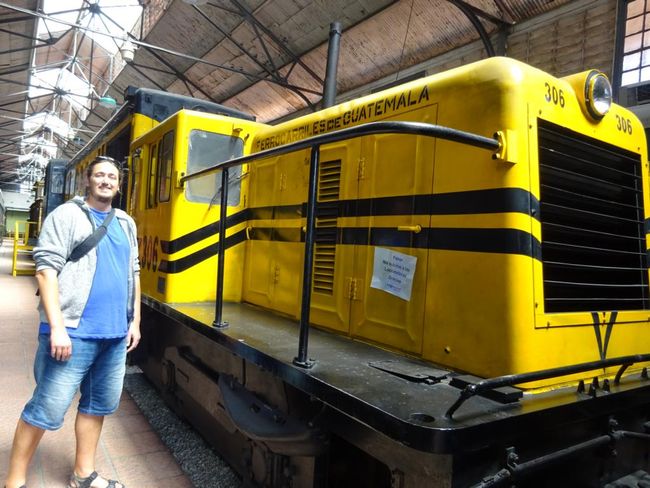
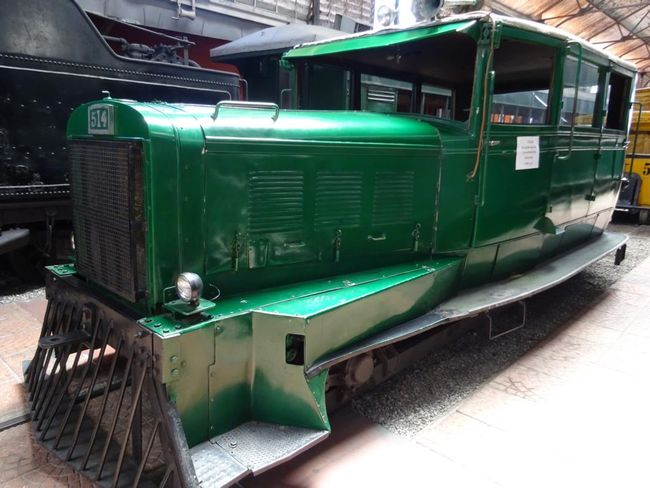
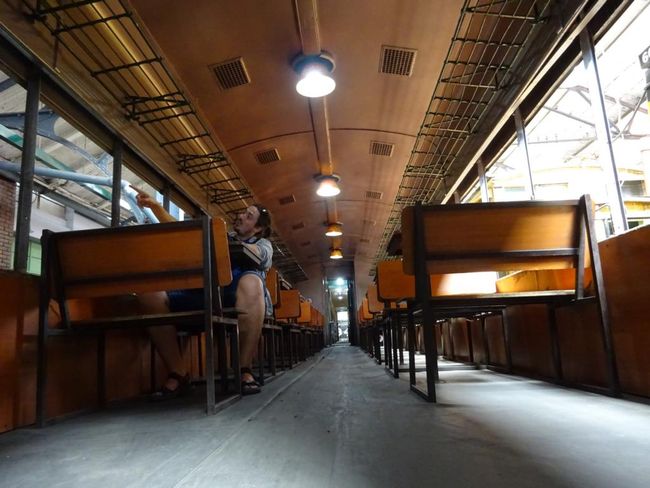
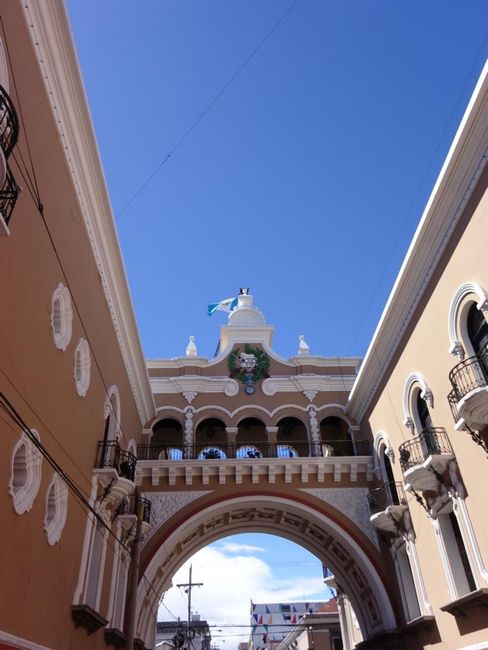
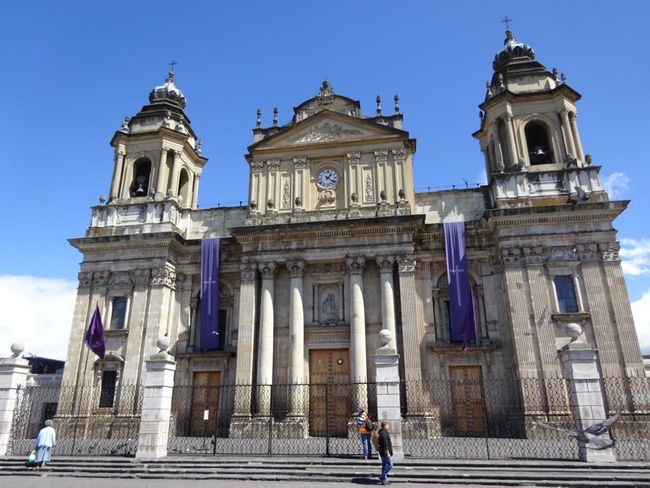
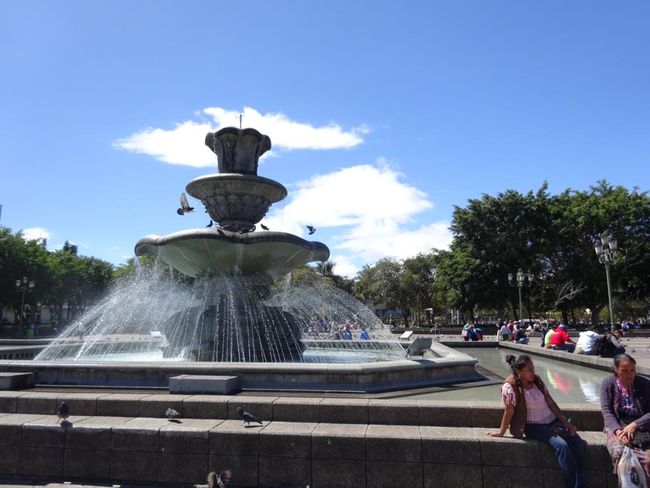
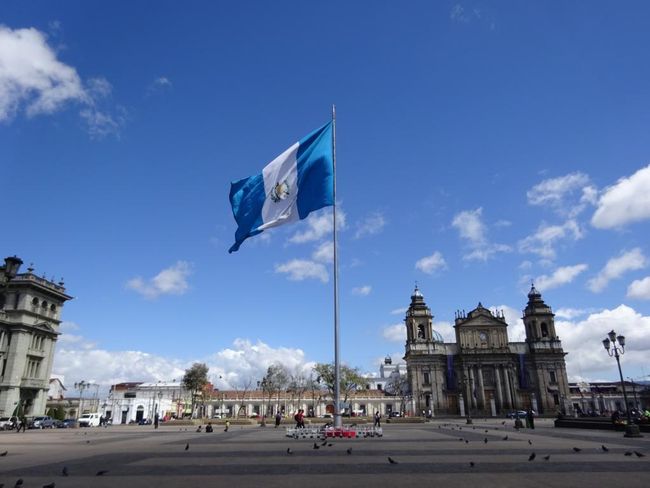
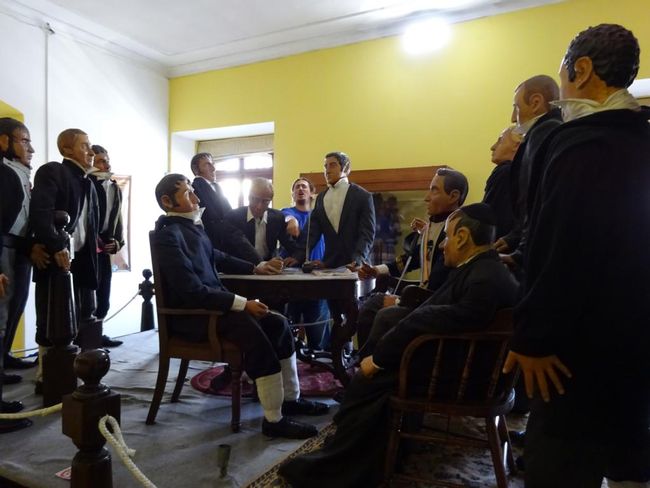
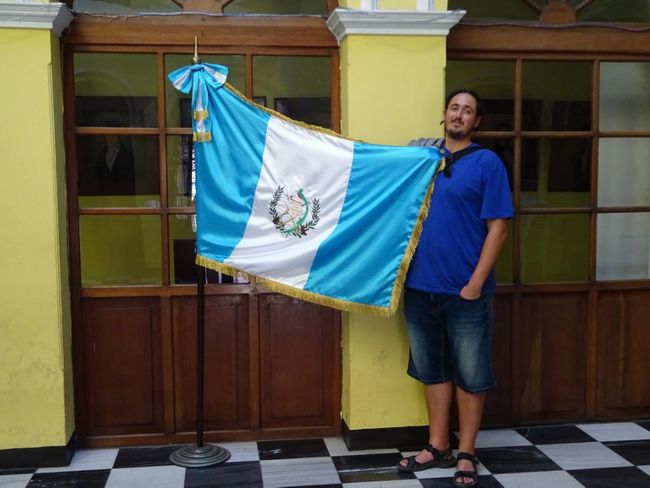
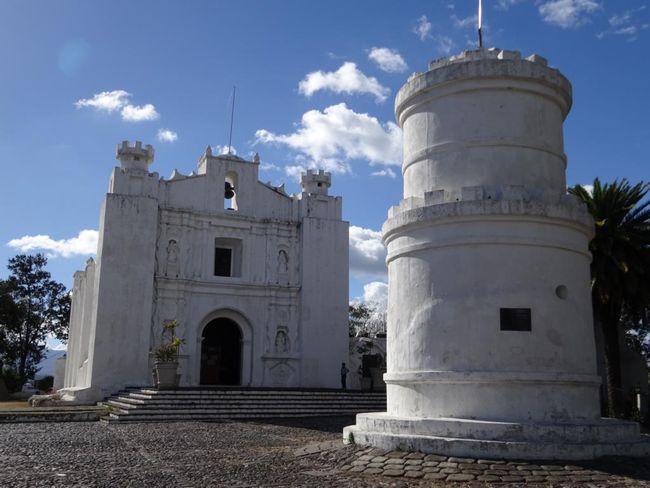
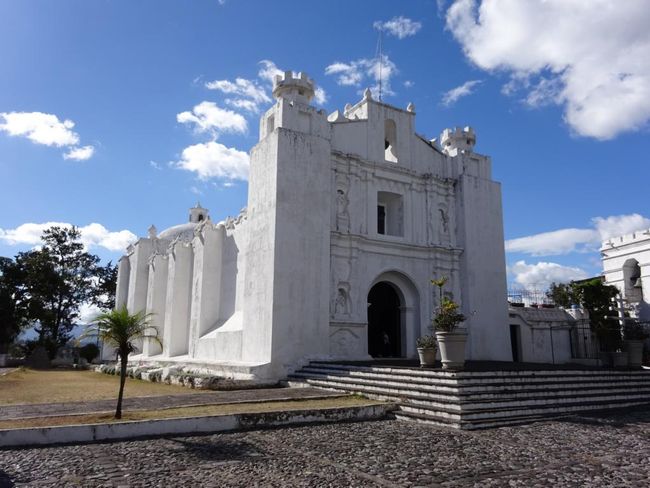
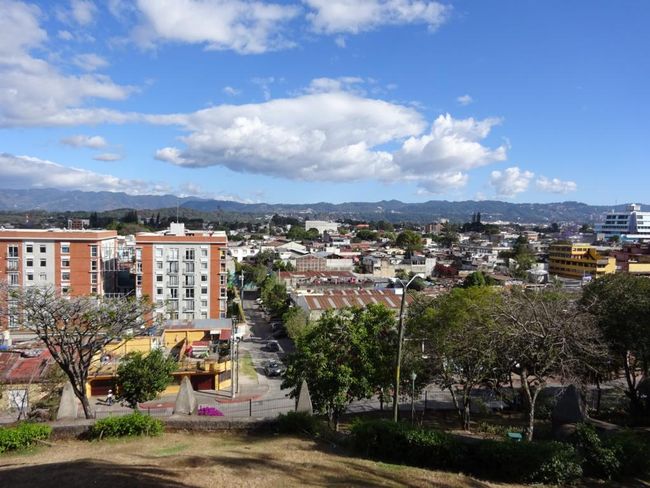
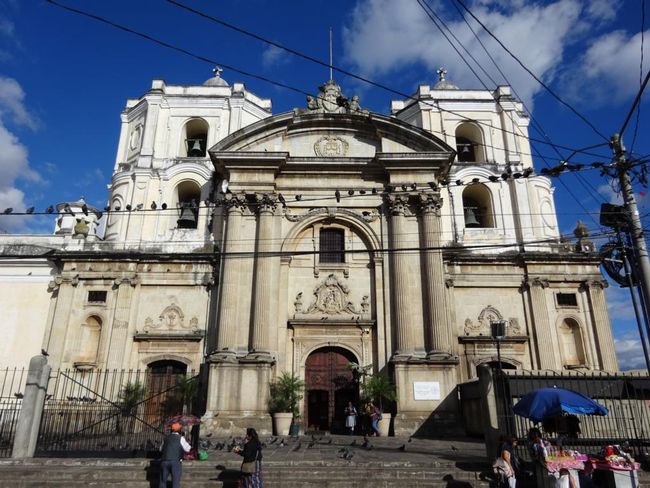
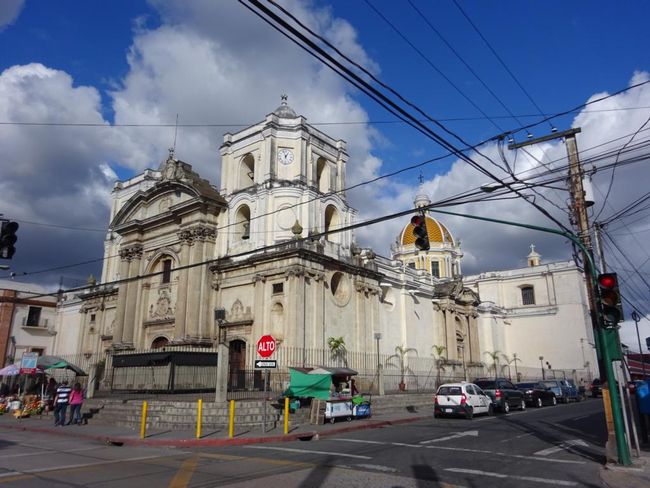
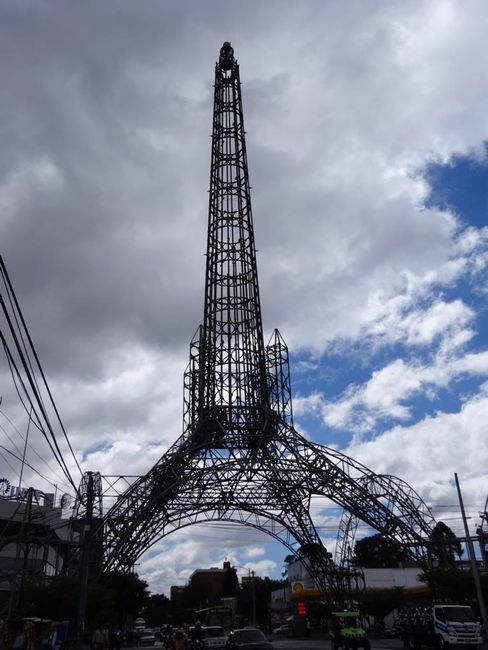
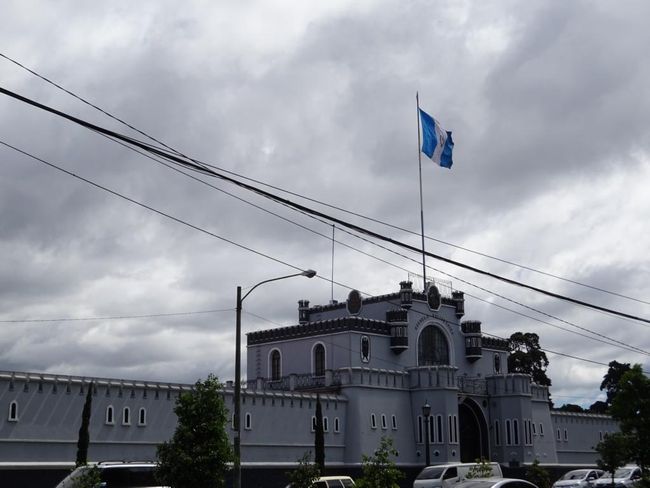
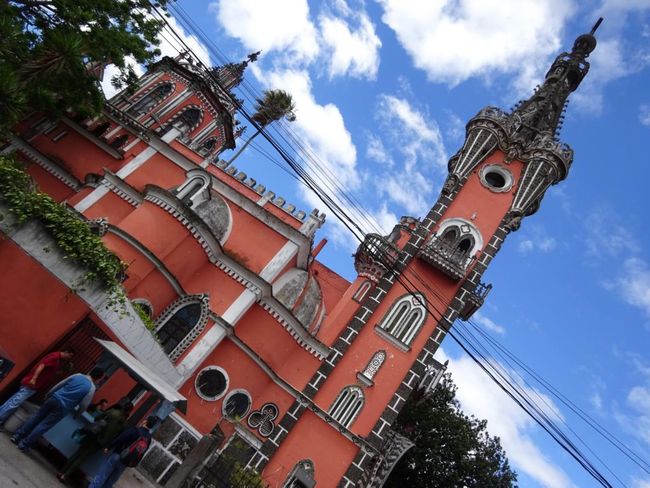
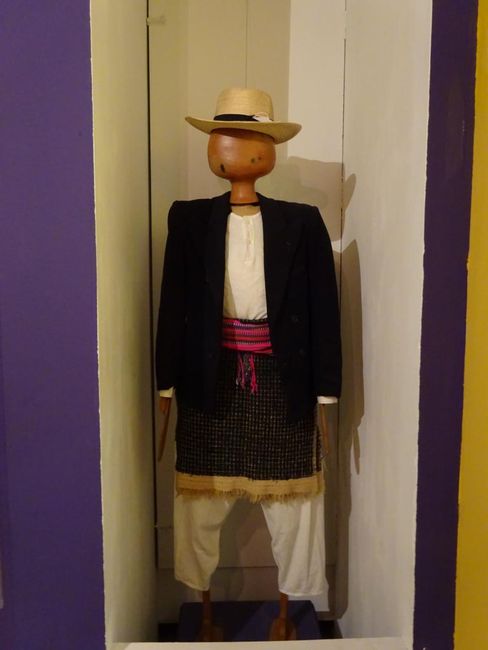
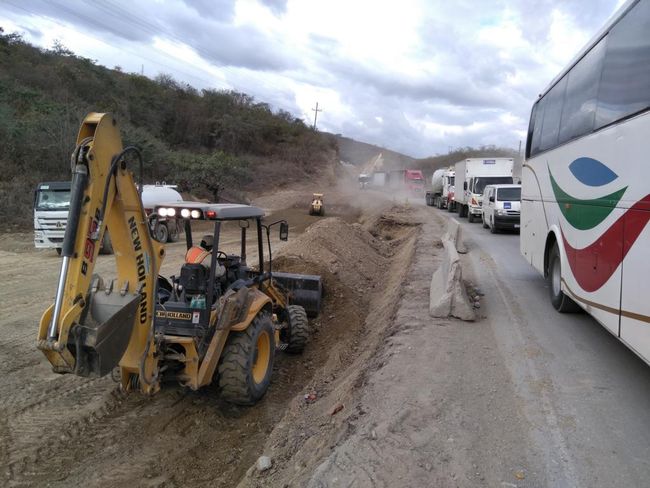
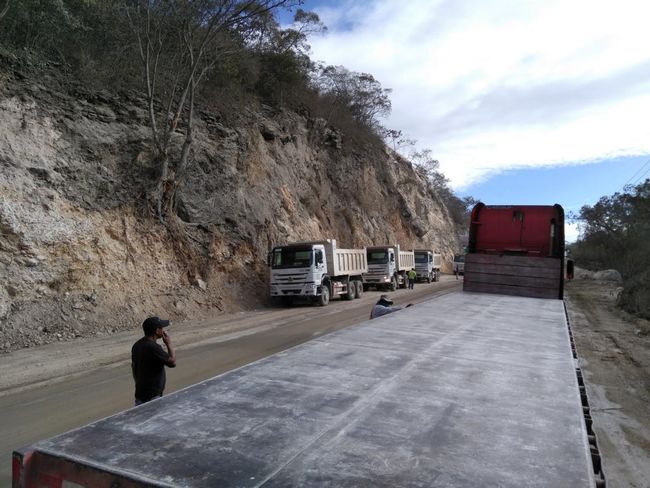
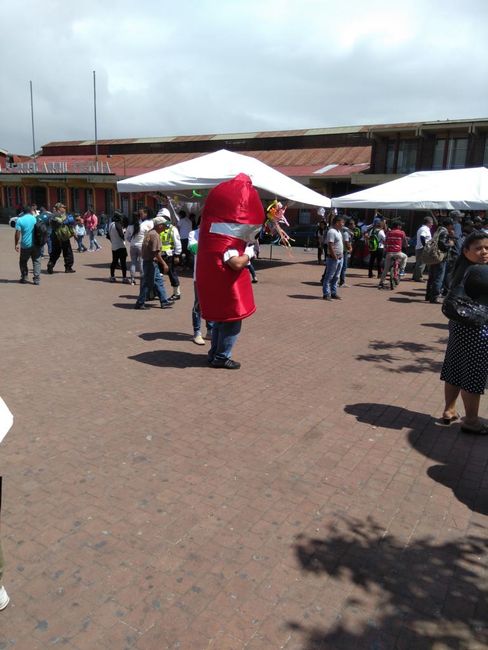
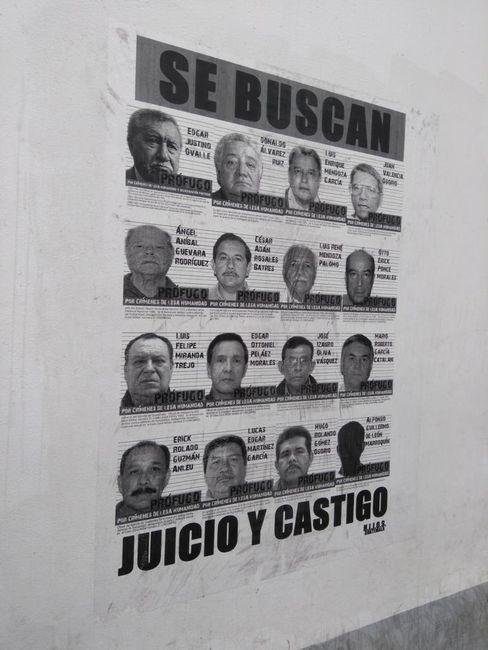
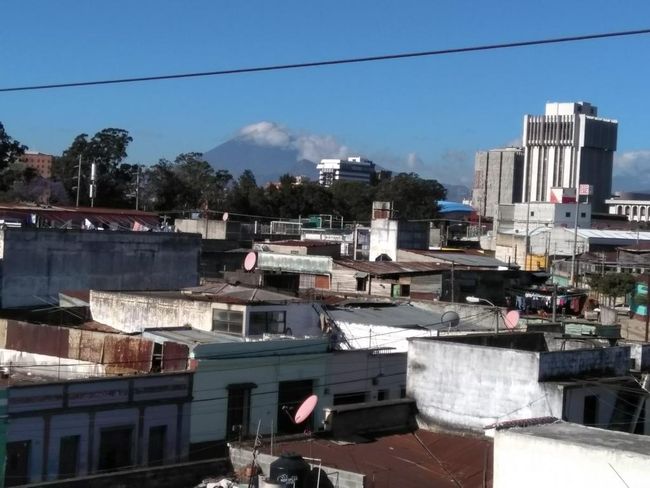
Prenumeruoti naujienas
The bus ride from Flores to Guatemala City should take about 8 hours. Fortunately, the bus wasn't full, so we could make ourselves comfortable. In fact, the bus ride took about 10.5 hours. A new, wider highway is being built over the mountains. The whole mountain is one huge construction site, and in the midst of it is the daily traffic. It was madness. The mountain is being excavated right next to the road, with only about 2 meters separating us from the huge machines. Safety barriers are a foreign word here. The entire road has to be closed constantly so the tipper trucks can turn around and transport the excavation. During one of these "driving breaks," we passengers stood next to the bus in the construction site and smoked a cigarette, while right next to us a bulldozer driver was busy loading huge boulders onto a truck and waved at us cheerfully. No, apparently there is no requirement for safety shoes, reflective vests, or helmets here.
After we traveled further from Guatemala City, people always looked shocked when we said we had been to Guatemala City. Isn't it so dangerous there? In fact, we spent 2 days there and found it quite nice. And that was probably mainly because there (almost) are no other tourists there.
I didn't actually feel any less safe than in certain other big cities...but who knows...maybe we were just lucky. Probably we were lucky. The locals also avoid going to Guatemala Ciudad (or simply Guate, as the locals say). In fact, there is a lot of gang crime there, and the Maras are widespread.
In Guate, we first visited the Museo de Ferrocaril. It wasn't far from our hostel. The museum is a kind of transportation museum of Guatemala, and it is really well done. There are several old locomotives on display, and you can also climb around in train cars. There is also an exhibition with many entertaining exhibits about the history of the railroad in Guatemala and the facilities that went along with it (such as railway hotels and accommodations for employees, etc.). The railroad was abandoned shortly after Guatemala's decolonization, and ambitious plans were discarded.
Right outside the railway museum, the International Condom Day was taking place on the main square, with music, a relaxed atmosphere, and people dressed up as condoms. Quite funny...
When we saw a sign with the words "Menu del Dia" in front of a big building, we were already looking forward to the simple local lunch menus that we had already become accustomed to in Colombia. We promptly found ourselves in a kind of cafeteria that was probably intended for the working population of Guate, not for tourists. The Guatemalans at the tables looked surprised when we sat down. However, they were very friendly and chatted with us, and we enjoyed a simple but big and delicious lunch.
Afterward, we took a stroll through the city center and sat for a while in the central square. By chance, we passed by the Museo Nacional de Historia and decided to visit it. The museum staff were very excited to have European tourists as guests. It's actually not particularly worth it. It's very big and actually interesting and variedly designed, but if you don't already have a basic knowledge of Guatemalan history, you don't know any of the people, war heroes, and idols that are presented there. And the very demanding Spanish explanatory texts do not sufficiently explain the context to give a good overview of the events. Too bad, we would have liked a bit more information about the civil war, which raged here for a very long time. In any case, Guatemala has been independent since September 15, 1821. At least that much we know.
Since the cultural entertainment options in Guate are not exactly filling a whole day, we still had time afterward and walked to Cerrito del Carmen. A hill with a small church on top. I was hoping for a better view of the city, but it was quite overgrown. In addition, Guate is very hilly, so you can't really perceive the size of the city from the viewpoint because it looks very fragmented. The church is quite simple and white on the outside. But inside, you will be surprised by several impressive golden altars.
The next day, we visited the sweet little church Yurrita, which is really enchanting from the outside. Unfortunately, it was closed when we visited, so we couldn't see the interior. On the way, we also passed by the so-called "Eiffel Tower" of Guatemala City: it's actually a wild metal structure in the middle of an intersection and has absolutely nothing to do with the Eiffel Tower.
We also visited the university complex, where we wanted to go to a museum, but it was already closed. As an alternative, we visited the Museo del Ixchel and also the Museo Popol Vuh. The Museo Popol Vuh showcases various Guatemalan artworks that belong to a private collection. This includes statues from the Mayan era, jewelry, and paintings. It also contains a copy of the "Dresden Codex," one of the only 3 remaining Mayan books. It also showcases models of Maya sites (including Tikal) as they may have appeared during their heyday. Unfortunately, taking photos was not allowed in the museum.
The Museo Ixchel addresses the weaving culture of the indigenous people in Guatemala. We have already seen similar museums along the way, but it is really worth seeing because it is beautifully and diversely designed. As an introduction, there is a video of about 45 minutes about the weaving culture and about the festivals of the Cofradias tradition. As far as we understood, according to this tradition, a festival in honor of the patron saint of a city is celebrated once a year. A statue of this patron saint is carried through the city in long processions, followed by religious masses and a public celebration. During the year, the patron saint resides with the Cofradias family and can be visited there, and offerings are made. The Cofradia family is newly elected every year and has to fulfill various traditional duties in the community during the year. The exhibition that follows the video illustrates the importance of textile production in the local culture through descriptions, pictures, models, and tools. It also describes the influences of Spanish colonization on indigenous textile art, such as in form, color, and materials used.
Since it was still fairly bright, we decided to take the Transmetro bus back to the hotel. It is a very similar system to the Transmilenio in Bogota, which we actually had very good experiences with. The Transmetro is still relatively new and is supposed to provide an alternative to the old red city buses, which are considered very dangerous. However, it seems to already be reaching its capacity limit, as we noticed in the evening rush hour (of course, we didn't think about that). And so we rode in the overcrowded bus, packed like sardines, with locals returning home.
Prenumeruoti naujienas
Atsakymas (1)
J O S E F
Hallo zusmmen,! Immer auf achse in diese Gegend der Welt.
Das wäre nichts für ich, auch das Essen ist auch nich das meine.
Immer schöner Fotos und die langen Komentare..
Gruss Grosspapi / Josef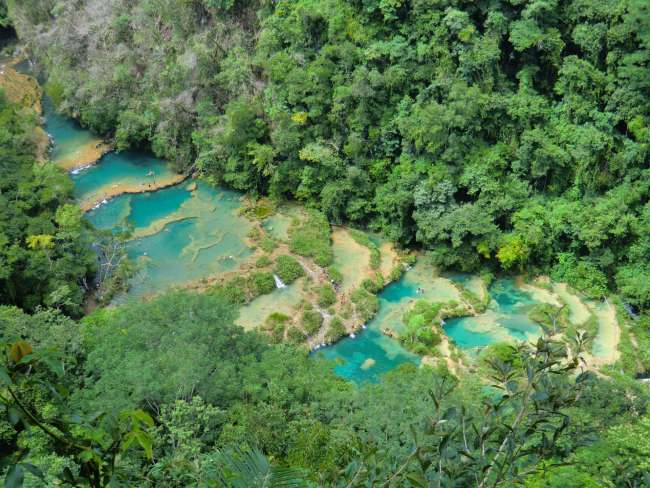
Gvatemala kelionių ataskaitos
